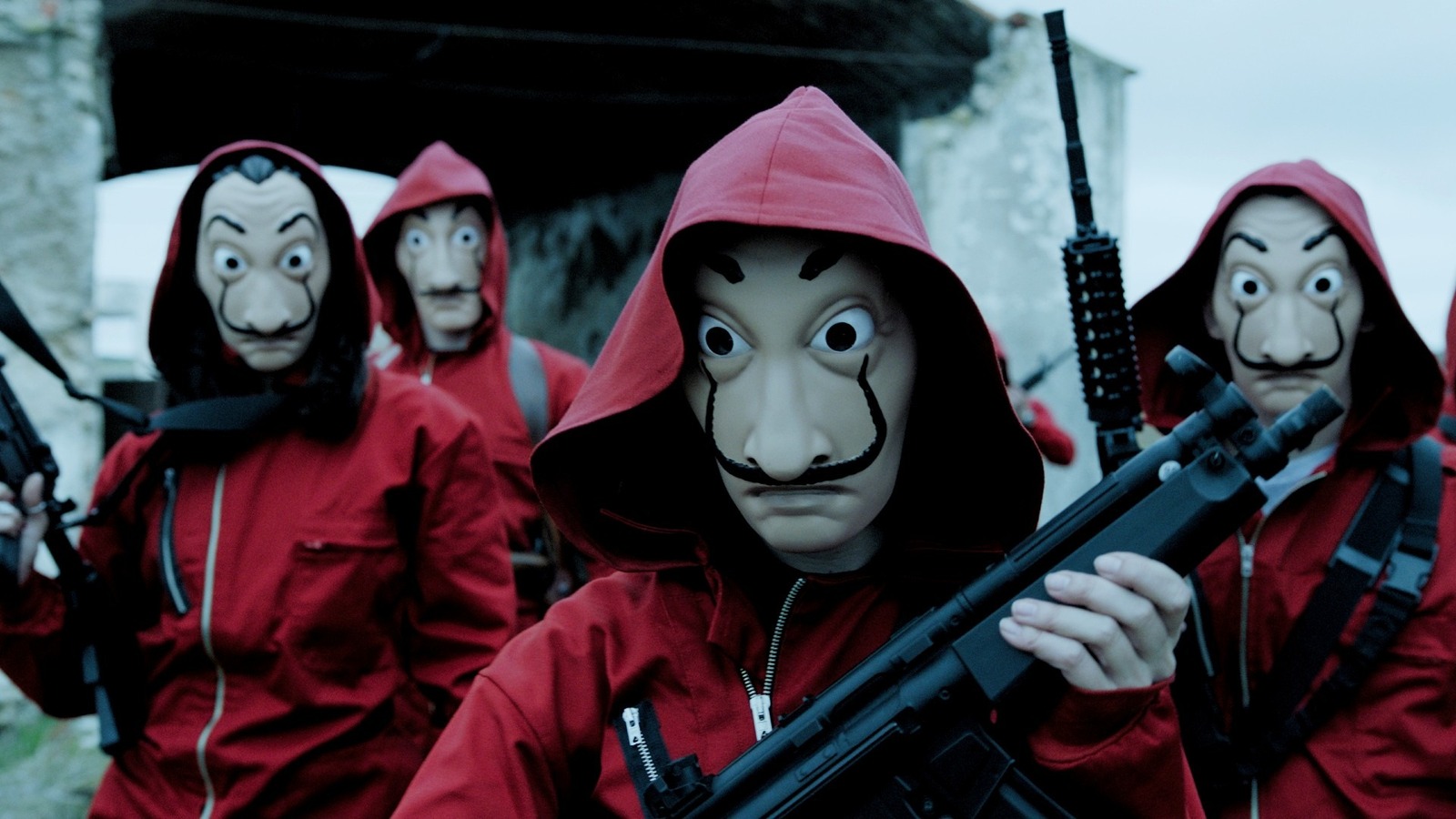#‘White Plastic Sky’ Review: From Hungary, Richly Realized Dystopian World-Building

Table of Contents
‘White Plastic Sky’ Review: From Hungary, Richly Realized Dystopian World-Building
Impressively bleak animated Hungarian sci-fi feature White Plastic Sky imagines a grim dystopia a hundred years from now where, like in Soylent Green (1973), older people are harvested at age 50, turned into trees so that they can become food for the younger generation. Except in this movie, the high-tech cannibalism is no state secret waiting to be blurted out by Charlton Heston, but a fact of life universally accepted phlegmatically by all. It only becomes a problem for protagonist Stefan (Tamas Keresztes) when his wife Nora (Zsofia Szamosi) decides to undergo the “implantation” procedure at age 32, having lost the will to live since the death of their child.
Made using a striking blend of rotoscope-traced live actors and intricate CG-drawn background designs to build a richly detailed world, this could build a cult following off a warm reception in Berlin.
White Plastic Sky
The Bottom Line
Impressive world-building.
Rotoscoping is a technique that dates back to the earliest days of cinema but which has been revived of late thanks to features by Richard Linklater (including Waking Life, A Scanner Darkly and Apollo 10 ½: A Space Age Childhood) and few animators scattered across Asia, including China’s Liu Jian (whose latest, Art College 1994, competed at Berlin). Many animators used to look down on it as a kind of cheating because it’s essentially tracing over live-action figures frame by frame to create animation. But lately it’s become just another way to add realism, especially with facial expressions, to cartoon-making; it’s just another approach in the animation tool kit.
Filmmaking collaborators Tibor Banoczki and Sarolta Szabo, who wrote, directed and designed most of the film themselves, deploy the technique skillfully to create a fully realized world that it would cost gazillions to render in live-action, enhanced with photorealist visual effects. Working with a number of well-established Hungarian character actors like Geza Hegedus and Istvan Znamenak (both were in Taxidermia), easily recognizable here, creates a sense of familiarity in a future world where everything happens in domed cityscapes and in a charred, barren landscape where nothing can grow. Many of the environments have vanishing points deep into the distance, creating a sense of overwhelming scale, a cross between old Soviet and Fascist architectural drawings and the eerie infinite spaces in Roy Andersson’s Songs from the Second Floor.
With so much going on visually, the story itself gets a bit upstaged. But Stefan’s journey to save Nora from turning into a tree has real poignancy, as well as a certain mythological heft via the parallels with the story of Apollo and Daphne. When we finally get to meet some sentient trees toward the end of the film, it all seems quite consistent with the logic of the film, and on-trend given that there’s been so much written in the non-fiction world about how trees communicate with one another in real life via mycelium networks and pheromones. For a movie set in 2123, it’s bang on the zeitgeist for now.
If you liked the article, do not forget to share it with your friends. Follow us on Google News too, click on the star and choose us from your favorites.
For forums sites go to Forum.BuradaBiliyorum.Com
If you want to read more Like this articles, you can visit our Social Media category.




